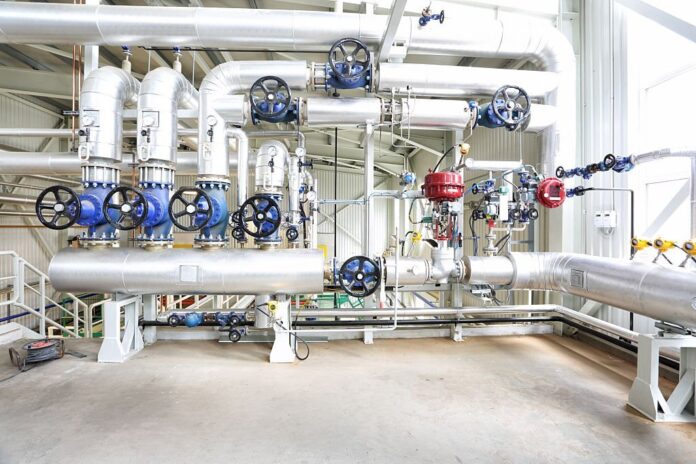The need for a pneumatic control valve when you are using a centrifugal pump is priceless. Centrifugal pumps are strong pumps that operate in mechanical systems to help pump various types of Fluids. These fluids have different features and properties, which make them a struggle for other pumps with lower strength. A common issue that comes with these fluids is their extreme boiling points which can reach temperatures up to 300°c. These high temperatures will spoil any pump, and even the centrifugal pumps will feel the heat to a certain extent. Centrifugal pumps experience situations like cavitation and thermal occurrences due to the type of liquid they are pumping and the mechanical system in place. These pumps are naturally built to last for a long time, but if these occurrences happen frequently, the lifespan gets reduced. One of the best ways to protect your centrifugal pump from any form of damage is to use a valve in the system.
There are control valves, gate valves, and many other valve types that help protect the pump and extend its lifespan. The best of all these valves is the automatic recirculation valve because the protection is automated, and that does not hinder the valve from performing its other functions. A type of automatic recirculation valve is the minimum flow valve that works perfectly. The minimum flow valve works to ensure there is a minimal amount of fluid that goes into the pump at a time. In this guide, we will go over the main features of a Minimum Flow Valve that makes it one of the best options for your centrifugal pump.
You can regulate the back pressure
One of the main needs of a minimum flow valve is to ensure that there is a certain level of flow within your mechanical system. Most valves work to ensure that liquid is controlled. But when this liquid is not flowing properly, there will still be issues with the pumps and the valves themselves. With a minimum flow valve, you do not need to bother about the flow going back into the pump. It is like you are buying a double valve in one body. The valve helps you ensure there is flow within your pump. At the same time, there is a check valve that stops the fluid from flowing back.
A trim against cavitation
Cavitation is the number one problem that happens to pumps in complicated mechanical systems. Cavitation is almost impossible to stop because of the complexities of the liquids that will be flowing through the system. But using a minimum flow valve in the system does it.
Different patterns available
The design and shape of your valve are also an advantage. We all have different manufacturing processes that require us to build systems in different patterns. Adding little components can be a tough task because we need uncommon shapes. Luckily, minimum flow Valves have different patterns for their production. You can either have a Z-pattern valve, an angle pattern, or a straight pattern valve.








